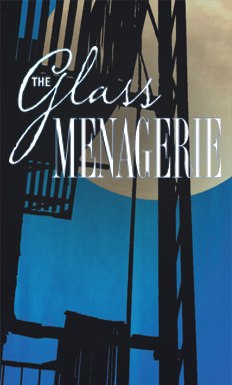"Sleeping Beauty" Ballet a Sleeping Giant
Review of Pittsburgh Ballet Theatre 45th Season Opening Ballet
by Good News Reporter, Joanne Quinn-Smith
This past week-end the Pittsburgh
Ballet Theater opened its 45th Season with a stunning performance of “Sleeping Beauty,” telling the
story of Princess Aurora and her
enchanted slumber. My six year old granddaughter and I watched this classic
fairy-tale come to life as more than 150 dancers in the world famous
score was performed by The Pittsburgh Ballet Theatre Orchestra under the
direction of guest conductor Martin West. In our humble view it rivaled the
performances of much larger ballet companies.
With all the special effects and beautiful period costumes, my
granddaughter said, "It's like a movie."
What an
engaging ballet couple, Julia Erikson as Princess Aurora and Noralan Abougaliev
as Prince Desire.
We especially enjoyed the fairy solos in
the first act accompanied by the men of the corps de ballet. What strong and
mesmerizing performances. We often don't
realize that ballet artists are real athletes.
This is particularly emphasized in the famous “Rose Adagio,”
performed by Aurora and her four suitors, showcases the strength and control of
the ballerina through a series of impressive balances and promenades. Just the length of time Julia held he poses
with grace and seemed to do it with such grace and ease was phenomenal to
watch.
The orchestra, playing Tchaikovsky’s historic
score under the baton of guest conductor Martin West, this “Sleeping Beauty”
truly could feed the soul of any arts enthusiast. Ballet is so much more exciting with a live
orchestra out front and center.
 |
| photo by Rich Sofranko. Artists: Amanda Cochrane & Yoshiaki Nakano. |
“The Sleeping Beauty” features scenic and costume designs by David Walker, who evokes a 17th century theme with the regal columns and gold finery of the palace that frames the story. Costume styles include the intricate classical tutus of the fairies, elaborate robes of the courtesans and the jeweled snakes and spiders of Carabosse’s costume. I wondered at not being able to see some of the leg movements in the flowing robes but the overall effect was spellbinding. Stage effects also enhance the atmosphere, especially with the entrance of Carabosse, whose carriage arrives onstage in a swirl of fog and thunder accompanied by her ghouls. I was particularly impressed with the sheer curtaining, barely discernible that was part of the scenery that set the mood with several acts. We are so blessed in Pittsburgh with what his ballet theatre can produce in a relatively small city and with I am sure not the resources of bigger city corps.
| Amanda Cochrane and Yoshiaki Nakano in Pittsburgh Ballet Theatre's 'The Sleeping Beauty.' photo by Rich Sofranko |
 |
| Anaiyah Thomas loving the ballet |
Joanne Quinn-Smith, Award winning internet radio broadcaster, blogger, author and internet radio and TV network editor and publisher. Joanne is the owner and CEO, Creative Energy Officer, of Dreamweaver Marketing Associates, a successful Pittsburgh-based marketing company. She is a grandmother and great grandmother, an unlikely trendsetter for online journalism and broadcasting. Joanne is internationally known as the “Get Your Google On” Gal. But better known as Techno Granny™ to over one million accumulated online listeners worldwide. Joanne has created a revolutionary online NEW MEDIA platform in Internet broadcasting, blogging and other social media participation that represents the new second generation of World Wide Web interactions, known in technology circles as Web 2.0. JQS is the online publisher of PositivelyPittsburghLiveMagazine.com, an online community magazine to disseminate the Positive News for Positive Pittsburghers. PPL Mag is Pittsburgh’s First Internet radio and TV network with syndicated channels and online radio and TV capabilities.















